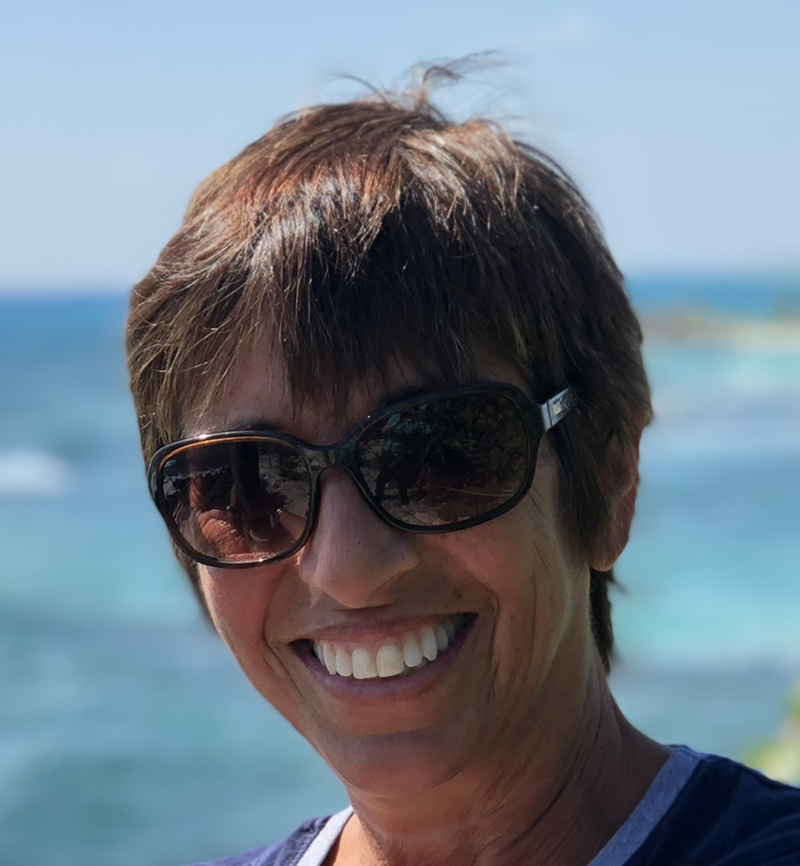- Home
- Rokdim Nirkoda 109
- A Mentor, an Inspiration, a Colleague
When Yaron asked me to write about Moshe, I thought it would be easy. There’s so much to say. There are so many stories. He lived a long and full life, replete with colorful history and background. Then I sat down to begin. It’s difficult. So difficult. How do I take such a vibrant personality and condense him to a flat two-dimensional page of words?
A lot has already been written about Moshe. His biography that many of us are familiar with (7th generation Sabra and all) appears on the back of his Tikva records. His stint as the director of the Israeli Pavilion at the 1963-64 World’s Fair is well known. His appearance on the Mike Douglas Show (see Karen Kaplan’s article) has been circulated as a link and a download. Rather than travel this well-worn path, I decided to take a different approach and write about the personal side of Moshe that I came to know over the years.
When I met Moshe about 36 years ago, he was at the peak of his career. A giant of Israeli folk dance and an icon in the New York folk dance scene. To those who care about folk dance, he was a superstar. At the time, I was a beginner dancer and didn’t even know his name, much less his fame. But it was right after he introduced the dance Debka Ramot that I experienced for the first time the amazement and excitement of the dancers sparked by this debka.
We soon became steady dance partners and he taught me the fundamentals of dancing – how to correctly place my foot on the floor, how to lift my knee, and most importantly, how to “Lachatz” or pivot turn with a partner.
Israelis are caricatured as “sabras” – prickly on the outside and sweet on the inside. Moshe was the epitome of a sabra. Moshe was loud and brash, demanded excellence and taught style classes to elevate everyone’s standard. That was his stage personality. Out of the spotlight, he was actually quite shy. His outward persona was a defense mechanism to hide his sensitive and gentle nature. That’s why most people rarely saw him out of the spotlight. He was always “on”, always performing, and always the center of attention in any room he entered. Even outside the world of dance, Moshe would be “on”. Every time we walked into the bank and the teller said, “how can I help you?”, the inevitable answer was “I’d like a salami on rye”.
I was among the fortunate few who spent time with the “other Moshe”. The Moshe the public didn’t usually see or know. When Moshe decided to start a dance camp in 1990, we truly began a serious collaboration of time and effort. Since I had small children at home, and had to be home when they finished school, my home became our work “office”. My son Dani came up with the name Hora Keff. My husband Benny helped us with acquiring the venue and working out details and legalities with Camp Monroe.
Moshe spent countless hours in our home planning camps, producing recordings for Keff CDs and agonizing over the contents of camp fliers. We sewed banners in the kitchen. We hand painted t-shirts and used my living room to dry them. We all worked together on all the camps, Hora Keff, Winter Keff and Sababa, throwing around ideas, discarding them, trying out scenarios, creating imaginary schedules – all the things that would make a camp an amazing experience for those who would trust us with their vacation and time.
With his wife Ann in Arizona, daughters Irit in Israel and Michal in Chicago, our home in New York became Moshe’s second home, and it didn’t take long for Moshe to become part of our family. He was adopted by my children as a playmate and honorary grandfather. He picked up my kids from school, drove them to play dates, took them out practice driving, and in fact each one of them took their road tests in his car. He did not ever miss a single family occasion.
He walked down the aisles of my children’s weddings, not at my request, but at theirs. He went from being an honorary grandfather, to being an honorary brother. Dani gave him a hand-me-down cellphone with all the family names and phone numbers already programmed in, and I always remained in Moshe’s phone as Mom, and Facebook actually had him listed as my son.
Moshe was a fantastic cook. He always helped prepare for Shabbat, birthdays, “chagim”, and any other occasion he could think of. What he lacked in neatness he made up in flavor.
His shakshuka is still the standard by which all others are measured – and all others come up lacking.
Moshe’s Chumus, Techina and Falafel were legendary, but not quick. One year he decided to make them from scratch before a camp. For 2 days my kitchen sink was out of commission because it was filled to the top with soaking raw chickpeas.
He is universally described as a brilliant choreographer. That is unquestionably true. He believed that dance movement had a purpose. It needed to align perfectly with the music. Sometimes dancers would complain about the complexity of his dances, and the difficulty they had remembering the steps. But once they “got it”, they were amazed at how well everything fit together. Movement became natural. It didn’t need to be memorized as much as felt. Everything sat exactly on the rhythm and felt exactly as it should.
All of Moshe’s dances were based on a theme. He created patterns and saved them for the proper music or inspiration. He never added steps just to make the rhythm. He didn’t link Cherkessia steps, turns or Yemenite steps together in a random order and call them a dance. His creative process was much more intense and took an incredibly long time. That’s why we always had to video the patterns, because if they weren’t used right away, he worried that he would forget the final version after all the tweaking and re-tweaking of the steps and cutting and re-cutting of the music so that everything would be perfect. I was often privileged to be the one to teach his dances.
Moshe was incredibly talented. He would create a series of movements whenever the feeling struck him, whether it was on the street, on a train station or in a restaurant. Many dances were created in my kitchen, living room and basement. He was generous to a fault. His ultimate gift, a dance named for you, was bestowed upon me, my children and grandchildren. My Liat, his special favorite, was gifted with 3 dances.
Yaldati (P’nei Malach), Debka Allon, Machur al Yevani were among the more than dozens of dances that came to life in this home. Especially memorable was Debka Gid, which got its name when we were videotaping him practicing the steps and we heard a loud snap, which was the sound of his Achilles tendon tearing.
I learned that many of his best dances were created completely to drum beats imagined in his mind and were later matched to music. He carried some around for years before he found the music he liked. He hesitated to release his dances to the dancers, knowing that his artistic expression would change. He knew they would morph from city to city and session to session, and sometimes change from debkas to horas, from small measured steps to large oversized leaps and jumps, and even from ‘Syrto’ rhythms to cha-chas, before returning back to New York.
One night we were dancing Moshe’s classic, “Ha’eer Beafor”, and next to us someone was doing it wrong. She turned to us abruptly and said, “You got it all wrong”. Moshe asked, “Why are you doing those steps?” and she replied, “I learned it that way directly from the choreographer!” She was appalled and humiliated when Moshe told her it was his dance.
Moshe was a mentor, an inspiration, a colleague, my dance partner, but most importantly he was my friend. It shouldn’t surprise anyone, because anyone who ever met him or spoke to him considered him their friend. And I know that although I do and I will always miss him, his incredible body of work will assure that he will never be forgotten.









Comments
התראות